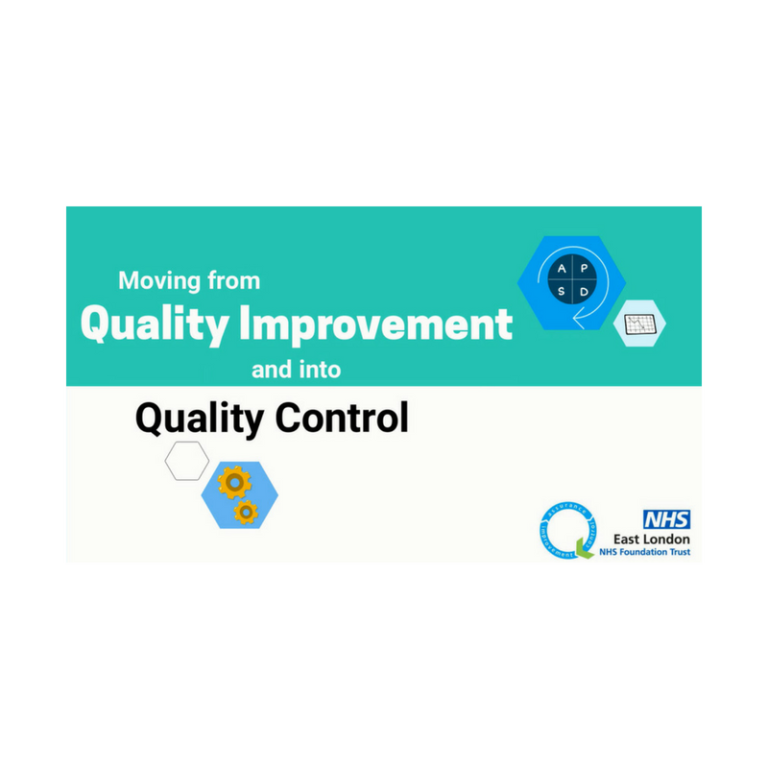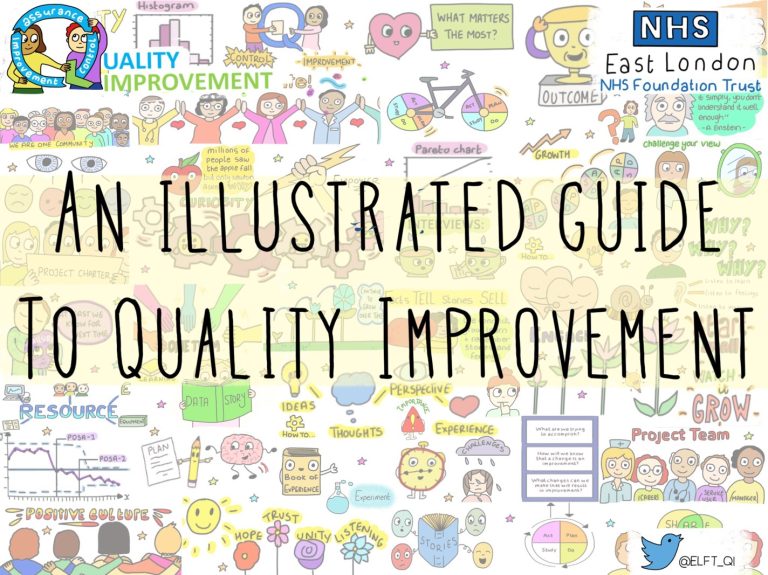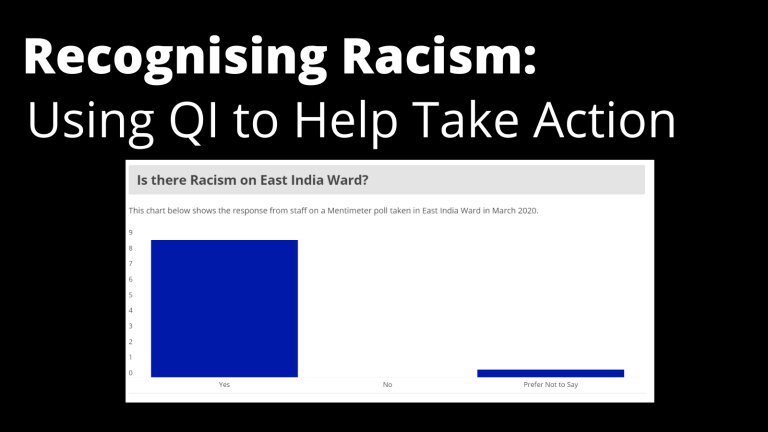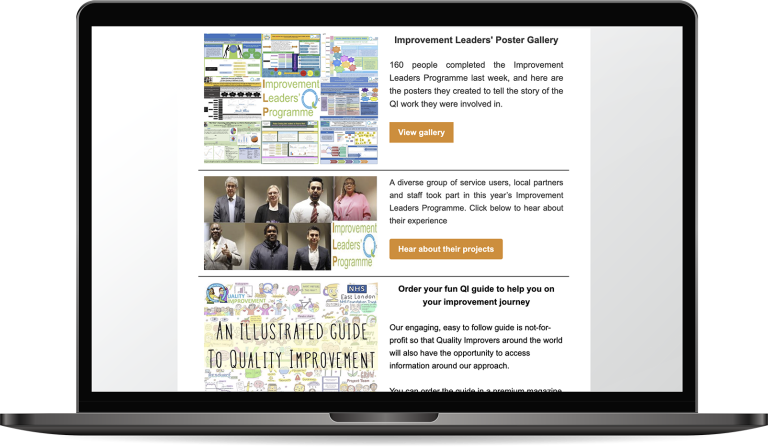
Quality Improvement during COVID 19: Understanding your System – The Clozapine Clinics Story
24th April 2020
By Francisco Frasquilho, Senior Improvement Advisor
2021 Update: The Clozapine Clinics are continuing to maintain regular updates with the team and service users. Their focus continues to be on maintaining good staff support and resourcing. They use a PANDO forum (secure form of team communications) across Luton and Bedfordshire Denzapine Services to continue to support each other as required during the pandemic.
In the unprecedented time of the COVID 19 crisis, potential staff shortages mean that delivery of essential services can come under risk. The QI team were invited to support one of the key services at ELFT, the Clozapine Clinics that provide essential monitoring and support to service users on the medication Clozapine. These services can be particularly vulnerable as the skills required to keep them going are often held by a small number of staff. Visualising the system and identifying stress points in these services can therefore help reduce the impact that COVID 19 can have on these services.
Making systems visible using process mapping
One of the early steps in tackling wicked problems is to use improvement tools in the “Understanding the Problem” step in the sequence of improvement. Tools in this step help teams see their working environment and systems from many perspectives, to allow a deeper understanding of which factors can influence a successful outcome.
A Process Map, also known as a Flow Chart or Diagram, is an often-used tool to support teams in visualising processes and activities involved in getting to a desired outcome. Systems are often complex and behave differently when under stress. A Process Map can make potential stress points visible and provide a basis to discuss ways to reduce the impact of stress on a system. It is one of the go-to tools for supporting teams to plan and identify potential changes.
Flowcharting engages with a key principle of Quality Improvement, ‘Appreciation of the System’, a stance that adopts a system perspective to identify how people, teams, and organisations are connected, and how these connections can influence outcomes.
The Clozapine Process Mapping
Two Clozapine clinic teams were initially involved, one in City and Hackney the other in Luton. The Chief Pharmacist and respective Directorate Clinical Directors identified teams. Each team meeting lasted one hour.
The aim of these meetings was to explore current and planned processes, identify the skills/training needed to support these, and to identify stress points that would prevent the system from functioning during the COVID 19 pandemic. To do this we built swim lane flow chart (extract below), also known as a matrix chart, to link key activities/functions to key skills and resources, visualising this on one page. These charts were populated during the video conference meeting, developed from the team’s expertise around the flow of activity and key functions.
Chart 1: Format of a Swimlane/Matrix diagram for clozapine monitoring. Skills (Vertical) and Functions/Activity (Horizontal) on borders.
Going Forward
An opportunity to bring knowledge and ideas to the wider system is a key step in any improvement approach. As with any improvement tool, a hopeful outcome is to facilitate conversations that link understanding and learning for teams. A process map is a key tool to support teams to see their systems differently. As processes surface, it is natural that ideas already considered are brought in and evolved, as well as new ideas generated.
Directly visualising complex systems is a key benefit of using process mapping, identifying where stress points are located, providing a focus for tackling potential issues, and sharing learning. The opportunity to develop, capture, and share learning is an essential feature of using QI tools during any crisis. For more info on using the process mapping approach and related tools please follow this link here.
Most Read Stories
-
Why is Quality Control important?
18th July 2018

-
An Illustrated Guide to Quality Improvement
20th May 2019

-
2016 QI Conference Poster Presentations
22nd March 2016
-
Recognising Racism: Using QI to Help Take Action
21st January 2021

-
Using data enabled us to understand our problem
31st March 2023

-
QI Essentials: What does a Chief Quality Officer do?
18th March 2019


Follow QI on social media
To keep up to date on the latest concerning QI at ELFT, follow us on our socials.






